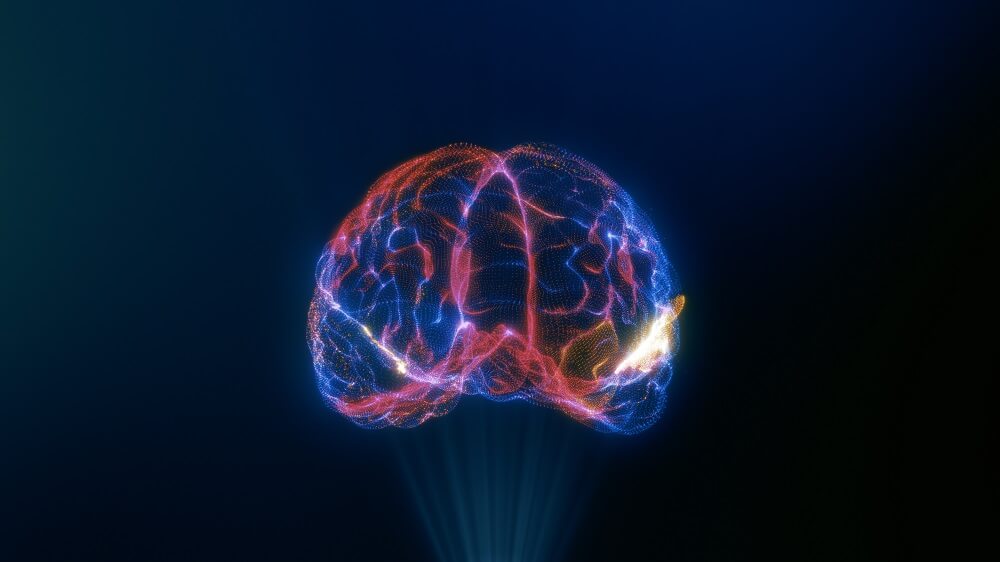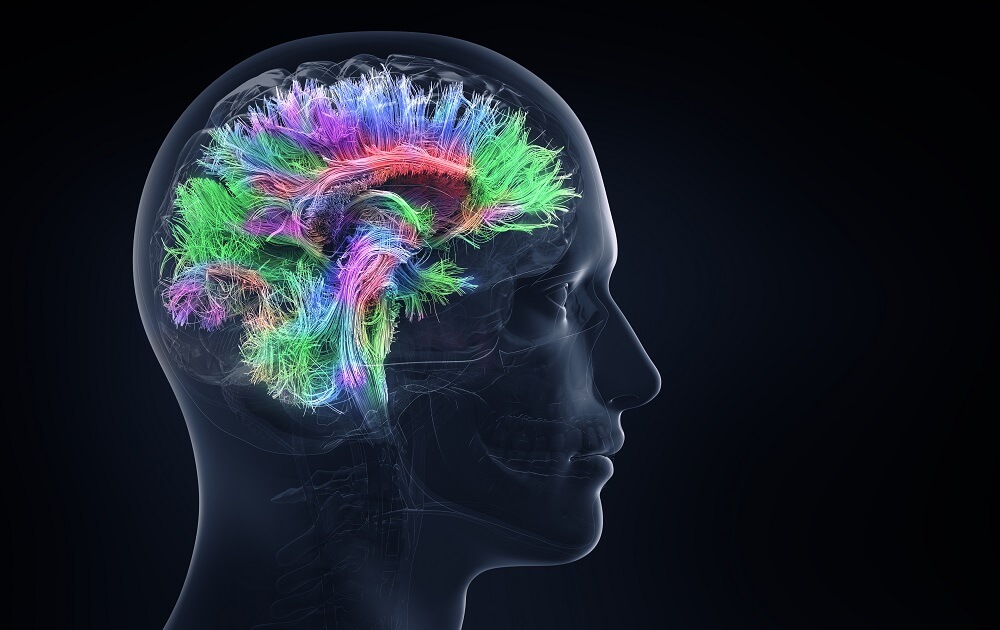
Top 7 Myths About the Brain, Debunked by Modern Neuroscience


For centuries, civilization has passed down medical myths that may at first sound plausible but don’t hold up under thorough scientific scrutiny. If you’ve ever been told to “come in from the rain so you don’t catch a cold,” you’re familiar with this concept. Many of the more common medical myths revolve around our brains. Today, advancements in neuroscience and brain imaging give us a clearer view of how the brain functions, helping us debunk popular myths about the human brain.
Below, we investigate seven of these common brain myths and disclose the truth as revealed by modern science.
Seven Common Myths About the Human Brain
Myth 1: Humans Have the Largest Brains
Truth: Brain size isn’t what makes us smart
Sure, we’d all love to believe that we humans have the biggest brains. But while human brains are relatively large compared to body size, animals like elephants and whales have much bigger brains overall. Even when it comes to brain-to-body ratio, humans aren’t at the top of the chart. That honor goes to a tiny ant known as Brachymyrmex, for whom the brain makes up 12% of its body’s mass. As far as mammals go, the treeshrew has a much larger brain-to-body ratio than humans, with a brain that makes up about 10% of its body. By comparison, human brains are only about 2% of our body mass.
Does that mean ants and shrews are smarter than humans? Not necessarily. Intelligence is more closely linked to the brain’s structure, complexity, and the density of neural connections, not sheer volume.
Myth 2: People are Either “Right-Brained” or “Left-Brained”
Truth: Your brain uses both hemispheres all of the time
We’ve all come across those people who like to talk about the fact they’re “right-brained” or “left-brained.” However, the idea that creativity is controlled by the right side of our brain (and logic on the left) is an oversimplification. In reality, nearly every task, whether it’s advanced algebra, knitting a sweater, or writing a book, involves communication across both hemispheres. The brain is a networked organ, not a divided one.

Myth 3: A”Lizard Brain” Controls Our Primitive Instincts
Truth: The brain is complex, not layered like an onion
In the 1960s, a scientist named Paul MacLean introduced the theory of the “triune brain.” He hypothesized that our brains had three distinct layers: the primal reptilian brain, the emotional paleomammalian brain, and the logical, rational neomamnalian brain.
Scientists have since debunked the notion that we have a primitive inner “lizard brain” controlling instincts like aggression or fear. Modern neuroscience shows that brain regions are highly interconnected. In other words, even our most basic functions are shaped by complex processes across multiple regions of the brain.
Myth 4: The Brain Simply Reacts to the World Around Us
Truth: Your brain predicts the future constantly
Our brains don’t just passively react to stimuli. This busy organ is always working to anticipate what will happen next. This predictive function helps you respond quickly and efficiently to your environment. Responding quickly without stopping to ponder a situation is key to our survival and performance.
Myth 5: Brain Cells Can’t Grow Back
Truth: Neurogenesis is real and happens in adults
Scientists once believed that we’re born with a finite number of brain cells. However, recent research has proven otherwise. Neurogenesis, or the birth of new brain cells, occurs in certain areas of the brain, especially the hippocampus. Some research even suggests that all neurons in the hippocampus area regenerate by the time a person reaches their 50s. Clinical studies, including those from the research team behind Aviv Clinics, suggest that targeted interventions like hyperbaric oxygen therapy (HBOT) may enhance this regenerative process.
Myth 6: Sensations Are Only Felt Where They Happen
Truth: All sensations are interpreted in the brain.
It’s intuitive to assume that when you feel a sensation on your skin, that’s where the feeling is created. However, those sensations are actually processed in the brain. It gathers input, compares it to prior experiences, and decides how you feel.
Just as the brain needs to interpret the signals coming from our eyes, noses, and ears to see, smell and hear, it also needs to interpret touch. Our receptor nerve cells convert sensations into neural impulses, which are sent to the brain. In the case of touch, these sensations are interpreted by the brain’s somatosensory cortex, although other sensory data is processed in different brain regions.
Myth 7: Memories Are Stored Like Files in a Cabinet
Truth: Your brain reconstructs memories, not replays them
If you watch crime dramas or listen to true crime podcasts, you know that eyewitness testimony is notriously unreliable. That’s because your memories aren’t stored as perfect, unchanging snapshots. After being stored short-term in the hippocampus, they move to other parts of the brain. Each time you recall an event, your brain reconstructs it using fragments from different regions. This is why memories can change over time, and also why they aren’t always as accurate as we believe.

Fact: Understanding Your Brain Can Help You Care for It
The more we learn about the human brain, the more we realize how adaptable and resilient it is. Our brains are constantly changing, adapting, and improving. At Aviv Clinics, we use this understanding to help clients improve their cognitive function, memory, and overall brain performance.
The Aviv Medical Program combines advanced assessments and data with a highly personalized treatment program rooted in decades of neuroscience research. Whether you’re looking to sharpen mental clarity, recover from a brain injury or stroke, or simply age with intention, our team is here to help.
Are you interested in learning more about the evidence-based Aviv Medical Program? Contact us today.
Last Update: July 24, 2025
Aviv Medical Program provides you with a unique opportunity to invest in your health while you age


